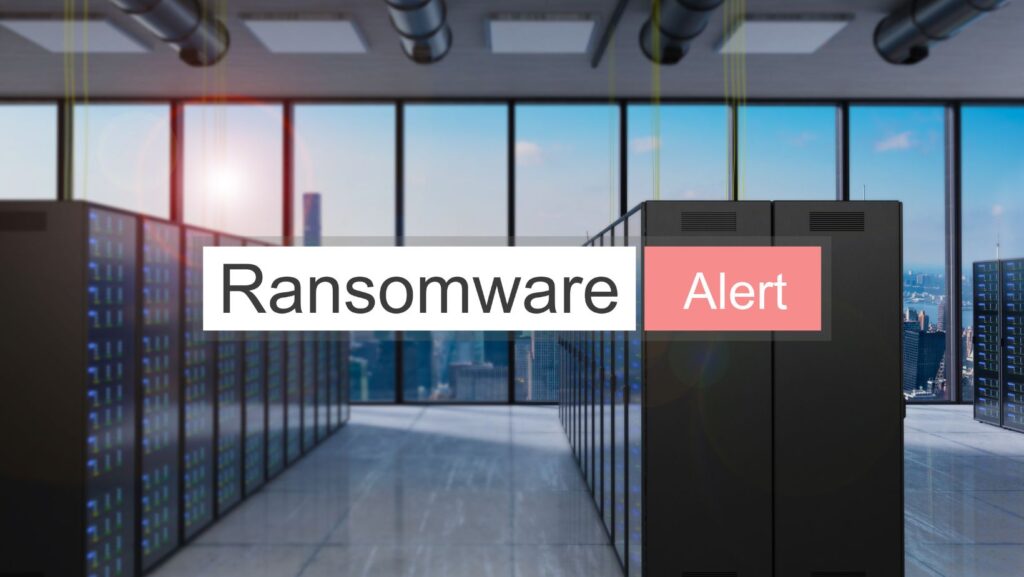
Ransomware has become one of the most common cybersecurity threats as there has been a significant rise in the number of data breaches over the past years. Recent reports indicate that there were 3,627 ransomware attacks logged in the first half of 2025, which is a 47 percent increase from the first half of 2024. Businesses that fall victim to a ransomware attack may experience operational downtime, financial losses, and reputational damage, so proper precautions must be taken to protect data at all times.
As an added layer of protection though, you’ll need to have a solid plan just in case a threat actor manages to hold your data hostage in exchange for a ransom. For your peace of mind, here’s how to create a robust ransomware recovery plan to secure your organization’s future.
Identify and Isolate Infected Devices and Systems
A ransomware attack can be devastating for businesses, and some companies even had to shutter their doors as they were unable to cope with the financial repercussions of the data breach. According to Forbes, ransomware exposure costs US businesses about $124 billion annually, and by 2031, it is estimated that this figure will reach $265 billion. However, monetary costs are only part of the equation. While ransomware attack cost typically includes the ransom payout, it also refers to other implicated costs, such as lost productivity, forensic investigation, legal costs, and regulatory fines. Businesses that have become complacent with their cybersecurity strategies will likely find themselves paying higher prices if they ever become a victim of a ransomware attack, so have a recovery strategy in place before it’s too late.
When putting together a recovery plan, focus on preventing further data loss and restoring business functions as soon as possible. So, the first thing that you should do is to identify and isolate all the infected devices and systems in your organization. Determine the applications and systems infected by the ransomware, then fully turn off your workplace’s Wi-Fi connection and unplug all the network cables. If a shared cloud has been breached, advise everyone to log out of it immediately to reduce the attack surface. Next, have your IT team or a third-party expert lead the remediation process, which involves malware containment and removal, restoring data from backups, and strengthening security to prevent further attacks.
Never Pay the Ransom
Think you can trust cybercriminals to restore your data after giving in to their demands? It’s important to know that paying the ransom does not guarantee recovery or access to your data, and there are other ways that threat actors can harm your business even after wiring them the money. For instance, they can make copies of your data and sell them on the black market, or use them to blackmail your employees in exchange for cash or valuable information. Paying the ransom also incentivizes future attacks, so instead of handing over the money, it would be better to invest the funds in top-of-the-line cybersecurity solutions.
Inform Customers and Business Partners Right Away
Informing your customers and business partners about the breach is vital if you want to avoid legal action against your company. Before sending out a message though, assess the situation to know what data was accessed. Consult your IT, legal, and PR department to craft your statement about the incident, and it should mention when the cyberattack took place and how it will impact their data and your services. You should also include information on the steps being taken to fix the vulnerability in your systems, as well as what your customers can do to protect themselves from cyberthreats.
Having a bulletproof ransomware recovery plan can help your business rise again after a cyber attack. Prioritize cybersecurity to prevent further attacks, and stay updated on ways to fight back against threat actors to protect your company at all times.








